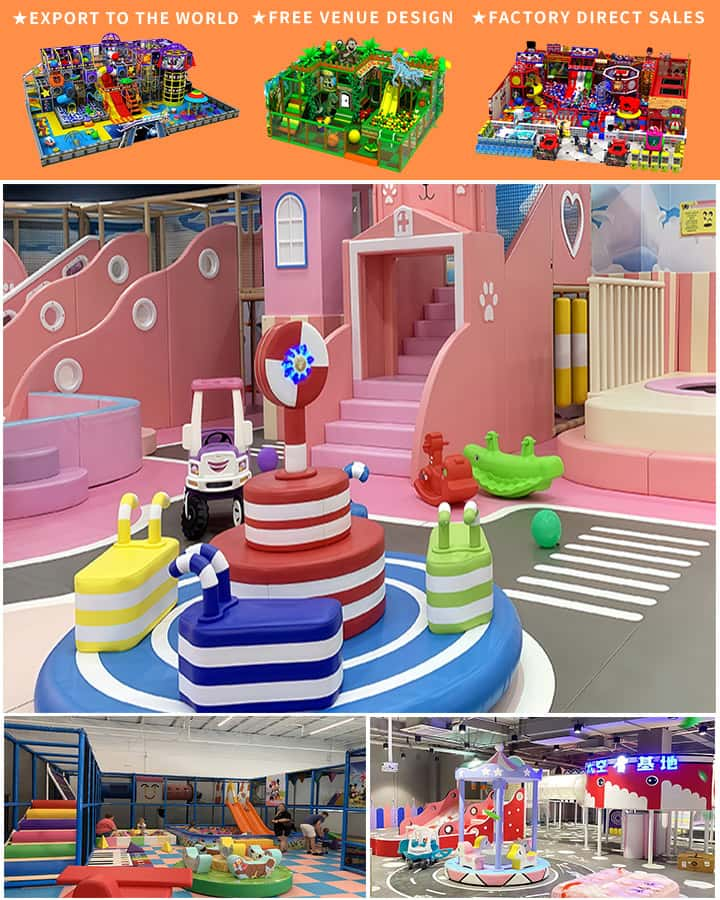Creating a vibrant and stimulating playground for children requires careful planning and consideration. The right playground equipment not only provides fun but also supports physical development, social interaction, and imaginative play. For designers and parents alike, using detailed design files like DWG (Drawing) format for playground equipment can streamline the process of planning and executing the perfect play area. Here’s how you can utilize DWG files to design an exceptional playground for children.
Importance of Detailed DWG Files in Playground Design
DWG files, created by Autodesk’s AutoCAD software, offer precise and detailed 2D drawings that serve as blueprints for construction. These files are crucial for several reasons:
Accurate Measurements: They ensure that every piece of equipment is manufactured and installed correctly, adhering to safety standards and fitting perfectly into the designated space.
Scalability: DWG files allow designers to easily scale up or down the size of equipment, making it versatile for different playground sizes and layouts.
Collaboration: These files can be shared among architects, engineers, and contractors, ensuring everyone works with the same specifications and avoiding costly mistakes.
Modifications: Changes can be made quickly and efficiently, reflecting new ideas or addressing unforeseen site challenges.
Key Equipment for a Comprehensive Playground
When designing a playground, incorporating a variety of equipment ensures that children of all ages and abilities are catered to. Here are some must-haves:
Climbing Structures
Climbing structures such as jungle gyms, ladders, and rock walls promote strength, coordination, and confidence. They challenge children physically while encouraging them to take risks in a controlled environment.

Slides
Slides are universally beloved and come in various shapes and sizes. From spiral slides to straight drops, they provide thrilling experiences and improve motor skills. Ensure the landing zone is safe and padded.
Seesaws and Merry-Go-Rounds
These classic pieces encourage cooperative play and help develop balance and timing. Modern versions come with safety features like rubber bases and secure seating.
Swings
Swings are excellent for developing core strength and coordination. Options include traditional swings, tire swings, and adaptive swings for children with disabilities.
Sandpits and Waterplay Areas
Interactive elements like sandpits and water tables stimulate creativity and sensory exploration. Ensure these areas are well-maintained to prevent mold and mildew.
Inclusive Play Equipment
Inclusivity is vital in modern playground design. Incorporate wheelchair-accessible equipment, sensory play items, and quiet zones to cater to children with diverse needs.
Safety Considerations in Playground Design
Safety is paramount when designing a playground. Here are some key considerations:
Non-Toxic Materials: Use non-toxic, weather-resistant materials for longevity and safety.
Surfacing: Choose soft, impact-absorbing surfaces like rubber mats or wood chips to cushion falls.
Supervision: Ensure the playground is easily visible and accessible to caregivers. Install mirrors or raised platforms if visibility is an issue.
Maintenance: Plan for regular inspections and maintenance to keep the equipment in top condition.
Utilizing DWG Files for Effective Planning
Here are steps to effectively use DWG files during the playground design process:
Collect Ideas: Gather inspiration from existing playgrounds and design ideas. Use DWG files to draft initial concepts.
Create Detailed Plans: Develop detailed drawings for each piece of equipment using DWG files, including measurements and material specifications.
Simulate Layouts: Use CAD software to arrange equipment in the playground layout, ensuring efficient use of space and easy movement between activities.
Review and Revise: Share the DWG files with stakeholders for feedback. Make necessary adjustments to enhance safety and functionality.
Finalize Design: Once approved, finalize the design and prepare for manufacturing or construction using the DWG files as guides.
Conclusion
Designing a playground is a significant endeavor that impacts children’s physical and social development positively. By leveraging DWG files for detailed planning and execution, designers can create safe, engaging, and inclusive play environments. From climbing structures and slides to inclusive play equipment, every element should be carefully considered to ensure maximum enjoyment and developmental benefits for children of all ages. So, start drafting those DWG files and bring your playground vision to life!




